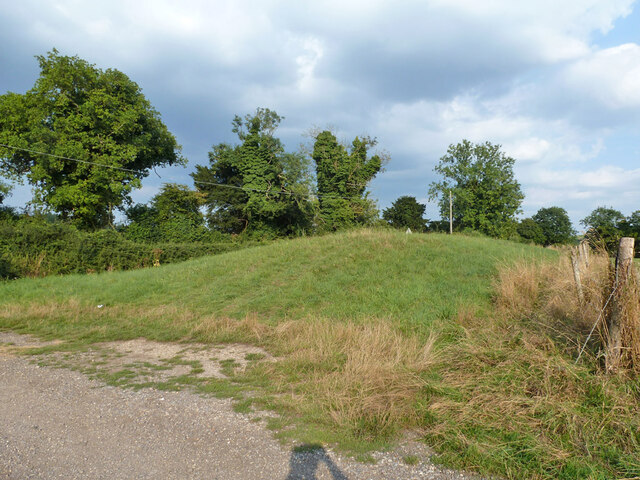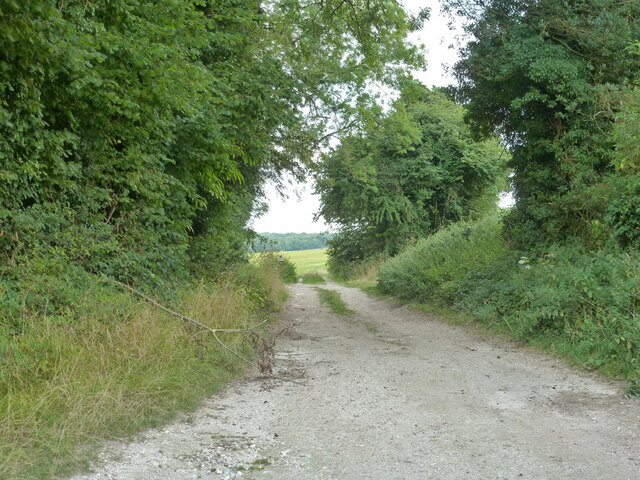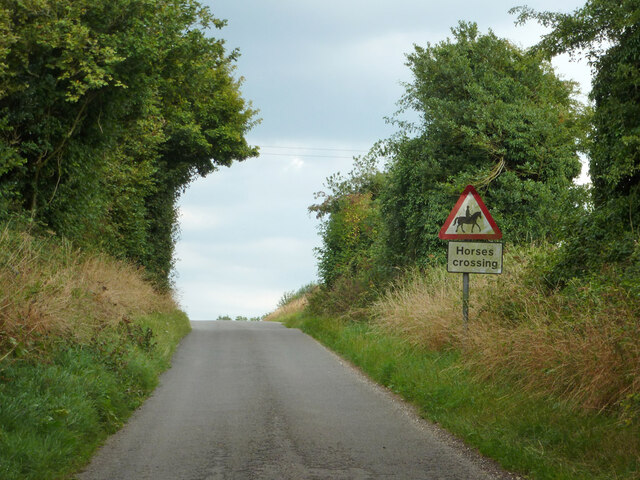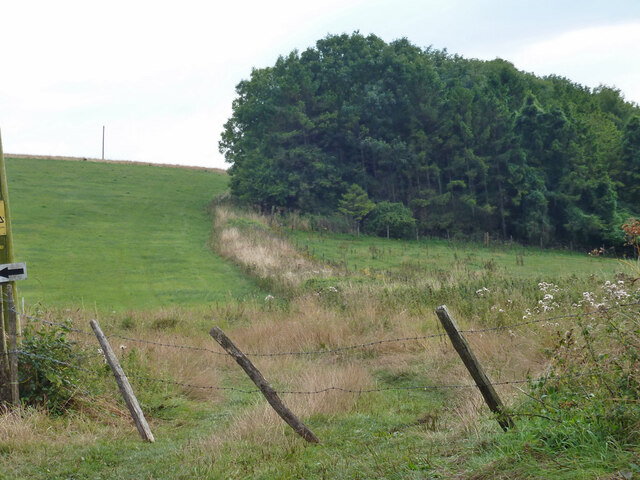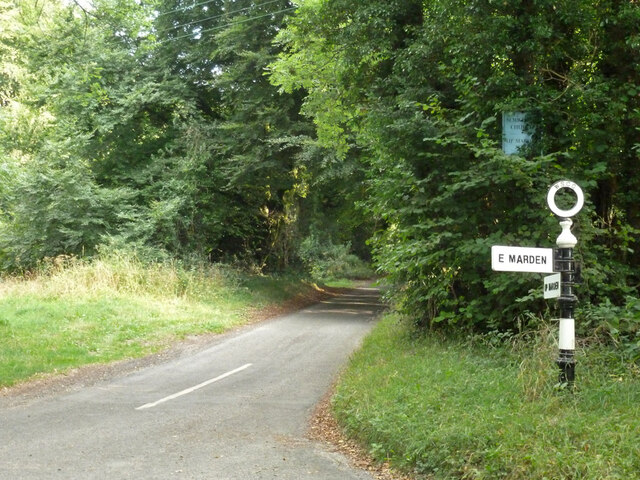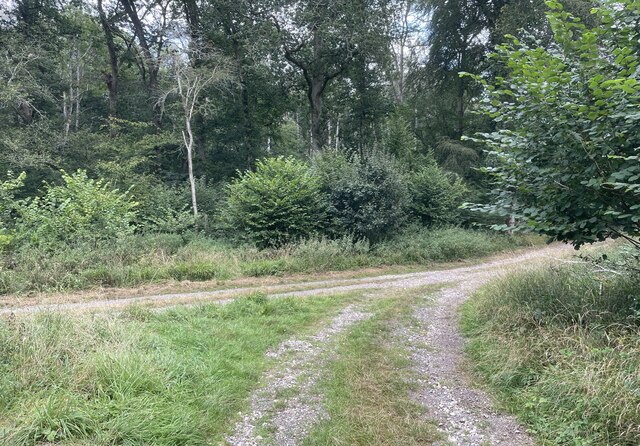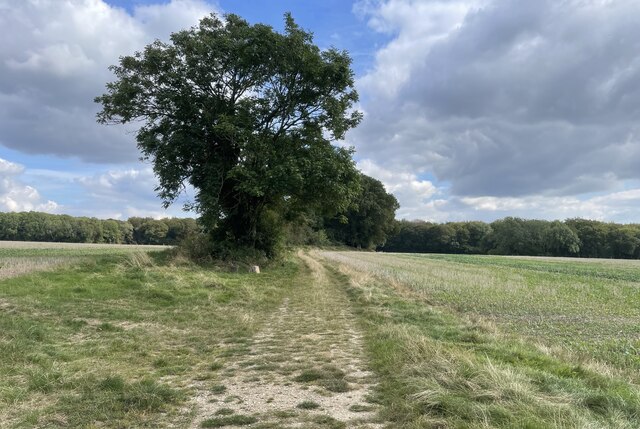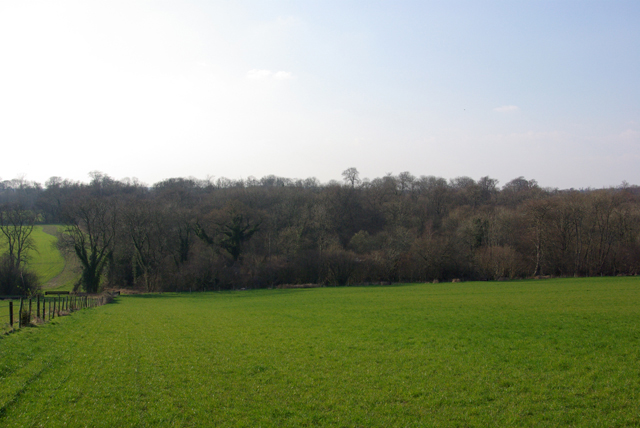Battines Hill Wood
Wood, Forest in Sussex Chichester
England
Battines Hill Wood
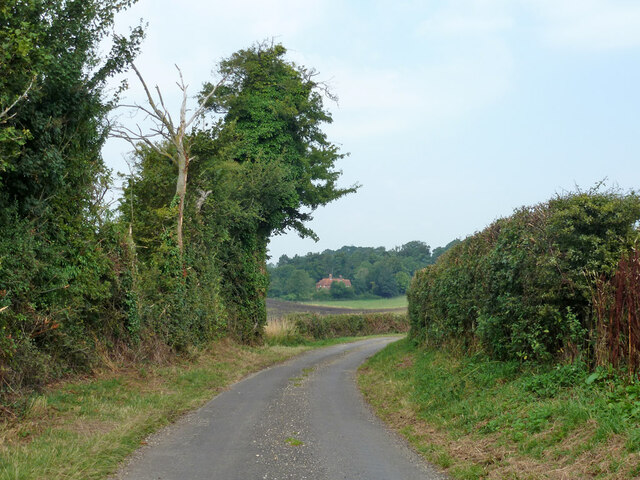
Battines Hill Wood is a picturesque woodland located in Sussex, England. It covers an area of approximately 50 acres and is a popular destination for nature enthusiasts and hikers alike. The wood is situated on a gentle slope, providing visitors with panoramic views of the surrounding countryside.
The woodland is predominantly made up of native tree species such as oak, beech, and ash, creating a diverse and vibrant ecosystem. The dense canopy provides shelter for various bird species, including woodpeckers and owls, as well as a range of small mammals like squirrels and rabbits. The forest floor is covered with a rich carpet of mosses, ferns, and wildflowers, offering a haven for insects and other invertebrates.
There are numerous walking trails that wind through the wood, allowing visitors to explore its natural beauty at their own pace. These trails are well-maintained and clearly signposted, ensuring a safe and enjoyable experience for all. Along the way, visitors may come across charming wooden benches and picnic areas, providing the perfect opportunity to rest and soak in the tranquil atmosphere.
Battines Hill Wood also offers a range of recreational activities, such as birdwatching, photography, and nature study. The wood is open to the public year-round, with no admission fees or restrictions. However, visitors are kindly reminded to respect the environment and follow the designated paths to minimize any potential impact on the delicate ecosystem.
Overall, Battines Hill Wood is a hidden gem in the Sussex countryside, offering a peaceful retreat for those seeking solace in nature. Its diverse wildlife and stunning scenery make it a must-visit destination for both locals and tourists alike.
If you have any feedback on the listing, please let us know in the comments section below.
Battines Hill Wood Images
Images are sourced within 2km of 50.921644/-0.86254191 or Grid Reference SU8014. Thanks to Geograph Open Source API. All images are credited.

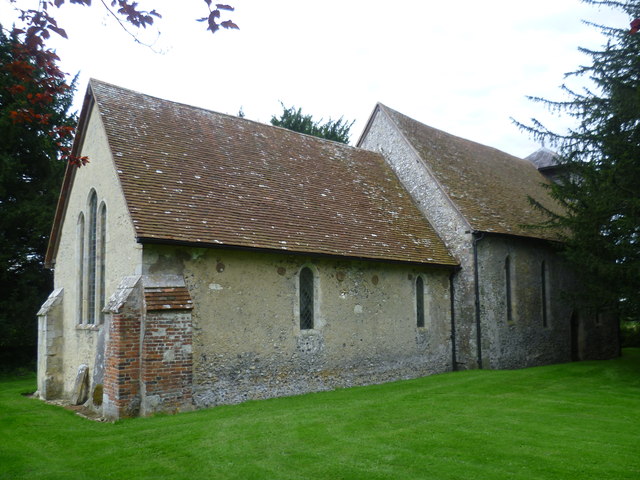



Battines Hill Wood is located at Grid Ref: SU8014 (Lat: 50.921644, Lng: -0.86254191)
Administrative County: West Sussex
District: Chichester
Police Authority: Sussex
What 3 Words
///fuzzy.distracts.stepping. Near South Harting, West Sussex
Nearby Locations
Related Wikis
Up Marden
Up Marden is a small village and former civil parish, now in the parish of Compton, in the Chichester district of West Sussex, England. It is on the South...
East Marden
East Marden is a village and former civil parish, now in the parish of Marden, in the Chichester district of West Sussex, England. It is on the spur of...
Marden, West Sussex
Marden is a civil parish in the Chichester district of West Sussex, England. It lies on the South Downs and comprises the villages of North Marden and...
North Marden
North Marden is a tiny village and former civil parish, now in the parish of Marden, in the Chichester district of West Sussex, England. It is 7.5 miles...
River Ems (Chichester Harbour)
The River Ems is a much-sluiced, six miles (9.7 km) river that is located in the far west of the county of West Sussex, England.The last one and a half...
Compton, West Sussex
Compton is a village and civil parish in the Chichester district of West Sussex. The village lies on the B2146 road, six miles (9.7 km) southeast of Petersfield...
Pads Wood
Pads Wood is a 22.2-hectare (55-acre) biological Site of Special Scientific Interest west of Midhurst in West Sussex.This ancient coppiced wood is mainly...
Stoughton, West Sussex
Stoughton is a village and civil parish in the District of Chichester in West Sussex, England located nine kilometres (5.6 miles) north west of Chichester...
Nearby Amenities
Located within 500m of 50.921644,-0.86254191Have you been to Battines Hill Wood?
Leave your review of Battines Hill Wood below (or comments, questions and feedback).
